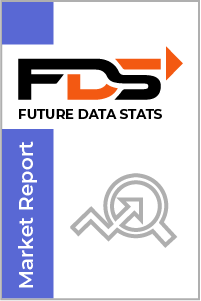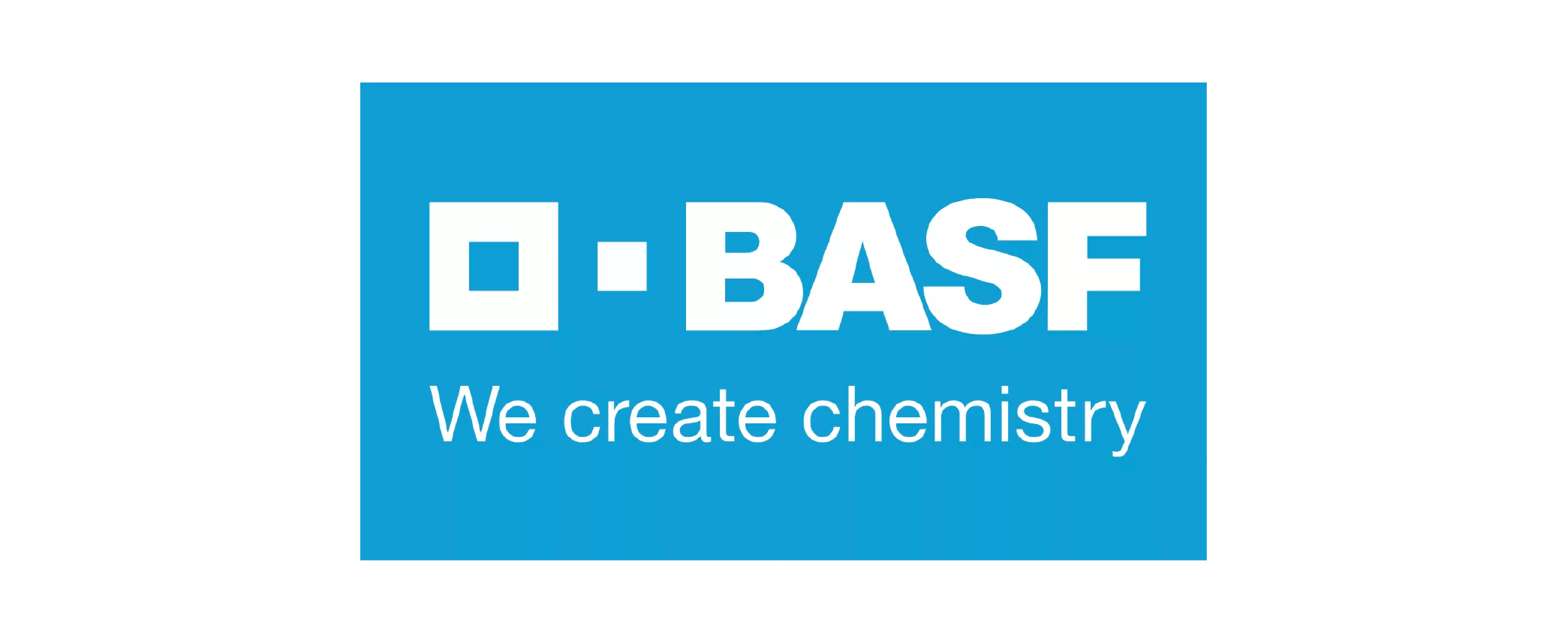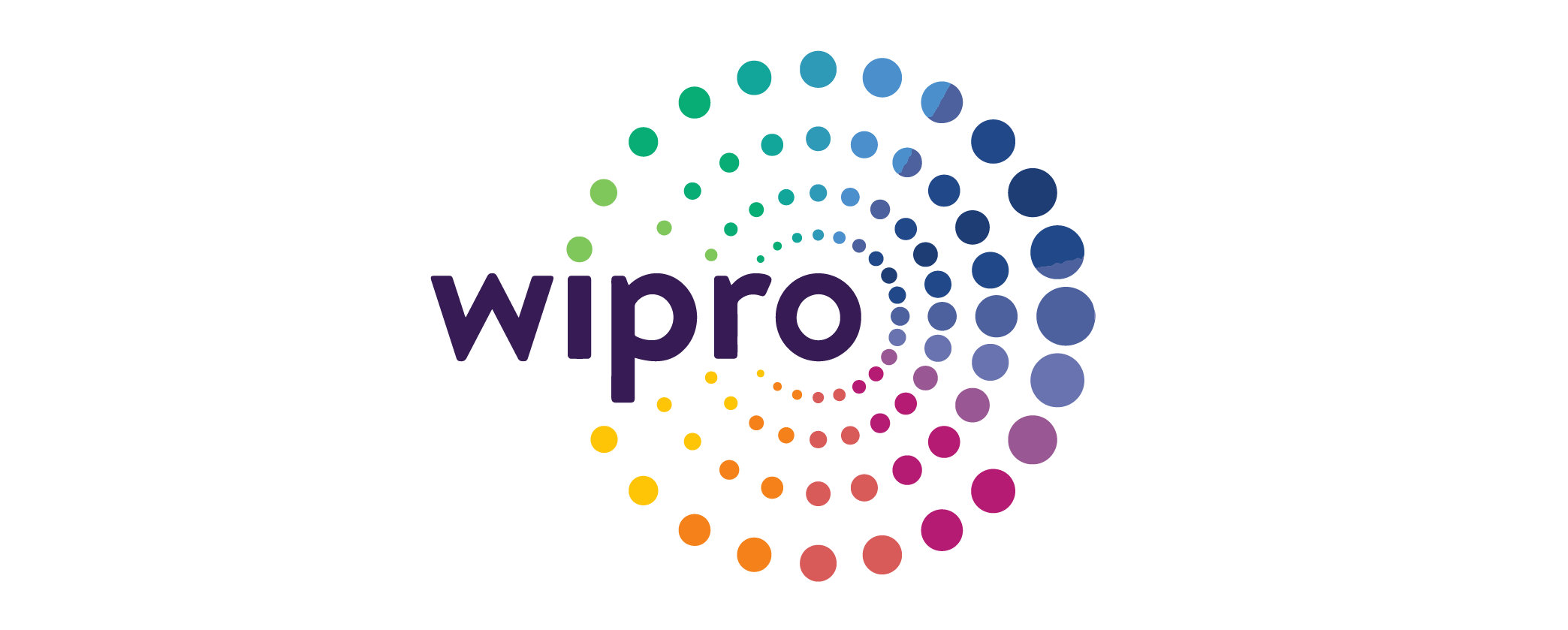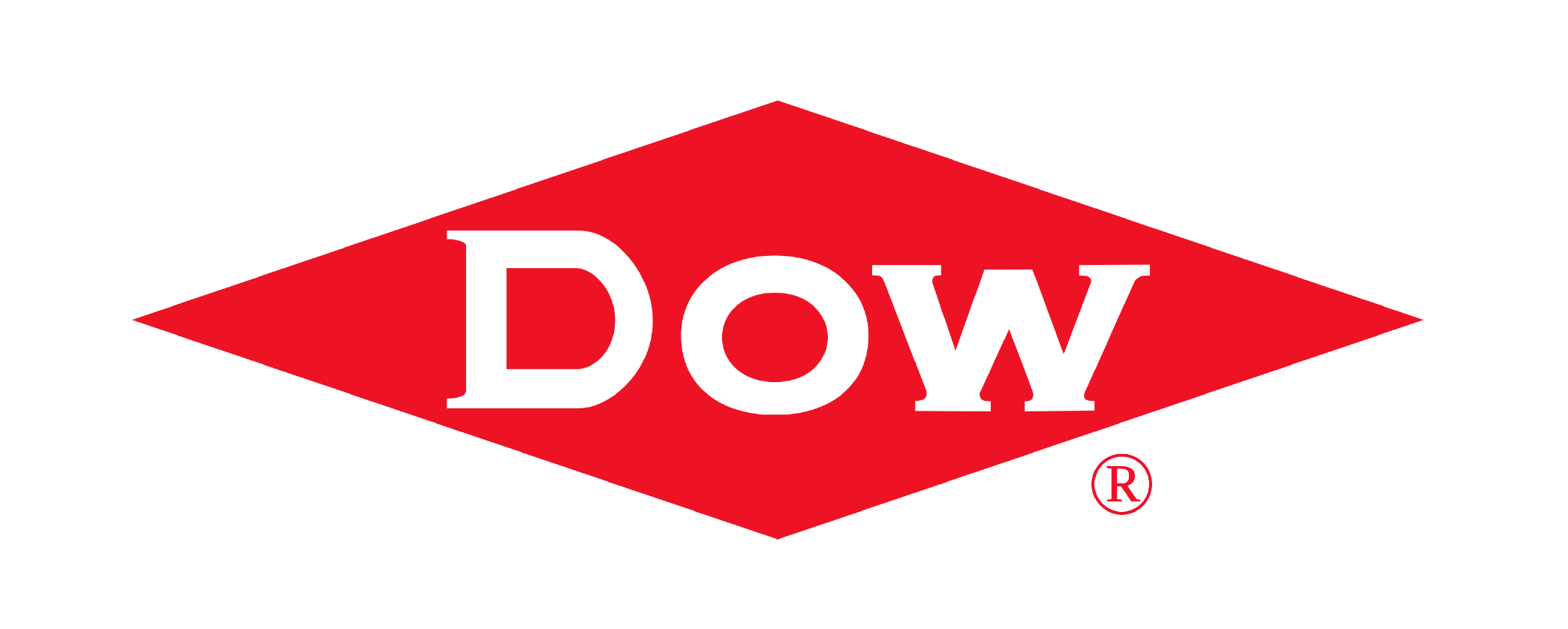The global Sports Insurance Market size was valued at USD 10 Billion in 2024 and is projected to expand at a compound annual growth rate (CAGR) of 8% during the forecast period, reaching a value of USD 18 Billion by 2032.
The "Sports Insurance Market Research Report" by Future Data Stats provides an in-depth examination of the market landscape, utilizing historical data from 2021 to 2023 to identify key trends and growth patterns. Setting 2024 as the foundational year, the report explores consumer behavior, competitive forces, and regulatory frameworks that influence the industry. It transcends basic analysis, delivering a thoroughly researched forecast extending from 2025 to 2033. By employing sophisticated data analysis methodologies, the report not only outlines the market's growth trajectory but also uncovers emerging opportunities and foresees potential obstacles, empowering stakeholders with vital insights to adeptly navigate the changing market landscape.
MARKET OVERVIEW:
The sports insurance market provides specialized coverage designed to protect athletes, teams, organizers, and facilities from financial losses linked to sports-related risks. These policies cover a wide range of situations, including injuries, liability claims, equipment damage, and event cancellations. Whether it’s a professional athlete needing income protection or a club safeguarding its property, sports insurance ensures continuity and stability in a field where unexpected incidents are common. This market also supports the broader sports ecosystem by offering tailored solutions for both traditional and emerging sports. As participation grows and events become larger and more commercial, insurance providers play a crucial role in managing financial exposure. From grassroots leagues to international tournaments, the market helps stakeholders confidently plan, compete, and operate, knowing they are backed by a safety net.
MARKET DYNAMICS:
The sports insurance market has recently experienced a shift toward digital platforms, enabling faster policy access and real-time claims management. Insurers now offer customized packages through apps and online portals, catering to the specific needs of athletes and sports organizations. Another noticeable trend includes the expansion of coverage to include mental health support and rehabilitation services, reflecting a broader approach to athlete wellness. Partnerships between insurance firms and sports academies are also rising, aiming to reach young athletes early in their careers with personalized protection plans. Looking ahead, the market is expected to explore new territory with the rise of e-sports and virtual competitions. These areas present unique risks—such as equipment failure or streaming disruptions—that traditional policies don't cover. Additionally, as climate-related uncertainties increase, demand for flexible event cancellation insurance will grow. Emerging markets in Asia and Africa offer strong business potential, driven by expanding sports infrastructure and a rising interest in organized athletics. Together, these developments signal strong growth and innovation opportunities for insurance providers.
Additionally, rising awareness about the financial implications of sports-related injuries encourages athletes and organizations to invest in comprehensive insurance plans. The emergence of new sports and recreational activities also expands the market, as participants seek tailored coverage options to mitigate risks. However, the market faces some restraints that could hinder its growth. High premiums associated with specialized sports insurance can deter potential customers, particularly among smaller teams and individual athletes. Furthermore, the complexity of insurance policies often leads to confusion, causing some to forgo coverage altogether. On the other hand, opportunities abound in the form of technological advancements. The integration of data analytics and telematics in insurance policies allows for personalized coverage, enhancing customer engagement and satisfaction. As the industry evolves, insurers can leverage these innovations to create more accessible and appealing products.
SPORTS INSURANCE MARKET SEGMENTATION ANALYSIS
BY TYPE:
The sports insurance market continues to evolve with accident insurance leading as the most frequently purchased type, largely due to the high injury risk in both contact and non-contact sports. Professional and amateur athletes rely on accident coverage to handle medical costs and recovery expenses, which are often not fully covered by general health insurance. The rising number of sports injuries, coupled with greater participation across all age groups, has made accident insurance a core product within this space. Liability and event cancellation insurance also play pivotal roles, particularly for organizers and clubs that host events involving crowds and high-stake investments. Liability insurance protects against third-party claims arising from injuries or property damage during events, making it essential for ensuring legal and financial safeguards. Meanwhile, event cancellation insurance has seen heightened interest post-pandemic, as uncertainties such as weather disruptions or public health concerns can lead to major financial losses if an event is postponed or called off.
Equipment and property insurance gain traction in regions with a strong presence of professional sports teams and training facilities. High-value equipment like gym machinery, sports gear, and specialized playing surfaces often require dedicated protection. Insurance providers are responding by offering tailored policies that not only cover physical damage but also include theft and maintenance-related issues. This growing attention to material assets reflects the increasing professionalism and commercial nature of modern sports institutions.
BY COVERAGE:
Individual coverage dominates the sports insurance market due to the growing number of freelance athletes and independent professionals seeking tailored protection. This segment benefits from customized packages that address specific needs such as medical treatment, personal accident claims, and travel-related coverage during international competitions. The personal nature of these plans allows athletes to stay covered irrespective of their team or club affiliations. Team coverage remains vital for group-based sports, where multiple players need comprehensive insurance under one umbrella policy. Sports organizations and clubs often opt for this model to streamline coverage and manage costs more efficiently. These group policies cover injury risks, liability issues, and even off-season training periods. Teams in professional leagues, especially in North America and Europe, increasingly view insurance as a strategic investment to ensure operational continuity.
Event and facility coverage segments cater primarily to organizers and sports venue operators. As sports events scale up in terms of attendance and global broadcasting, the associated risks have also intensified. Insurance policies tailored for events now include clauses for cancellation, property damage, crowd-related incidents, and liability coverage. Similarly, facility insurance addresses structural damage, fire risks, and maintenance failures. Both segments are driven by the push for more professionalized and secure sporting environments.
BY DISTRIBUTION CHANNEL:
Brokers and agents lead the way in the sports insurance distribution landscape, offering a personalized approach that resonates with athletes and organizations seeking tailored solutions. Their expertise in understanding the nuances of different sports and coverage needs gives them a competitive advantage, especially in structuring policies for high-risk activities or unique insurance demands. These intermediaries often build long-term relationships with clients, guiding them through complex claims processes and policy updates. Direct sales channels gain momentum among larger sports clubs and institutions that prefer dealing with insurers directly to negotiate bulk policies and custom terms. These channels offer speed and transparency, often supported by dedicated customer service teams that handle specialized insurance needs. Direct relationships also foster greater trust and brand loyalty, which are critical in markets like Europe and the U.S., where institutional sports insurance purchasing is prominent.
Online platforms and insurance aggregators are rapidly changing the way amateur athletes and small clubs access sports insurance. With intuitive interfaces and instant quote comparisons, digital platforms attract tech-savvy users looking for affordable, flexible options. They empower consumers to compare coverage levels, premiums, and add-ons without the need for in-person consultations. This digital transformation is especially evident in Asia-Pacific, where mobile-first strategies dominate financial services.
BY END USER:
Professional athletes remain the primary drivers of sports insurance demand due to the financial stakes tied to their performance and health. With careers hinging on physical condition, athletes increasingly invest in comprehensive policies that cover injuries, career-ending scenarios, and income protection. High-profile endorsements and tournament appearances also elevate their insurance needs, particularly in international sports circuits where travel and legal liabilities vary widely. Amateur athletes and recreational participants represent a growing market segment as awareness of personal injury risks increases. These individuals often seek insurance to cover out-of-pocket medical expenses, especially when participating in competitive or high-risk activities. This shift is particularly visible in regions with active fitness communities and organized amateur leagues, where insurance is becoming part of the standard registration process.
Sports teams, clubs, facilities, and event organizers collectively influence the demand for group and property-related insurance products. Clubs and facilities need policies that cover staff, equipment, and spectators, while event organizers require coverage for liabilities and cancellations. These end users often face complex logistical risks and depend on tailored solutions that cover a wide array of contingencies. As sports continue to commercialize, insurance becomes an essential part of business continuity planning.
BY SPORT TYPE:
Football holds the largest share of the sports insurance market due to its global popularity and high physical intensity, which increases the likelihood of injuries and liability concerns. Clubs, leagues, and players invest heavily in insurance to protect contracts, sponsorships, and assets. The extensive ecosystem surrounding football—from local clubs to international tournaments—amplifies the need for multi-layered insurance solutions. Motorsports and extreme sports create substantial demand due to the inherently high risks involved. Insurance for these activities often involves complex underwriting and higher premiums, given the possibility of life-threatening injuries or costly equipment damage. Specialized policies now address both participants and event organizers, with a focus on rapid claims processing and on-site coverage for international events. These segments reflect how risk level directly impacts insurance demand and innovation.
Water sports, winter sports, and emerging categories like e-sports and mixed martial arts are contributing to market diversification. Each of these types presents unique risk profiles and environmental considerations, prompting insurers to design niche products. For instance, winter sports insurance often includes avalanche and weather delay clauses, while water sports insurance covers drowning risks and marine equipment loss. These tailored products showcase the insurance market’s adaptability in meeting the demands of various sporting disciplines.
REGIONAL ANALYSIS:
In North America, the sports insurance market remains highly developed, driven by a mature sports culture, widespread professional leagues, and a strong focus on athlete protection. The U.S. leads the region with significant investment in both team and individual policies, particularly in football, basketball, and baseball. Insurers offer comprehensive plans that cover injury, liability, and equipment loss, while the growing popularity of college and amateur sports continues to expand the market’s reach. In Canada, the demand for winter sports insurance also contributes to the region’s diverse offerings, with a focus on risk management and event protection.
Europe maintains a strong and stable market, supported by a well-organized sports infrastructure and regulations that promote athlete safety. Countries like Germany, the UK, and France see steady growth in demand for liability and accident insurance, especially in football, motorsports, and tennis. Asia Pacific shows the fastest growth, led by rising participation in organized sports in China, India, and Japan. In Latin America, expanding football leagues and increased sports tourism are encouraging local clubs and event organizers to invest in insurance. Meanwhile, in the Middle East and Africa, market development is gaining momentum through government-backed sports projects and regional tournaments, creating new avenues for insurers to introduce specialized coverage.
MERGERS & ACQUISITIONS:
- In Jan 2024: Allianz expanded its sports insurance portfolio with new coverage for extreme sports.
- In Feb 2024: AXA acquired a specialized sports insurance provider to enhance its market reach.
- In Mar 2024: Chubb launched a new digital platform for sports injury claims.
- In Apr 2024: Zurich Insurance partnered with a major sports league for exclusive coverage deals.
- In May 2024: AIG introduced customized insurance solutions for youth sports organizations.
- In Jun 2024: Generali merged with a regional sports insurer to strengthen its European presence.
- In Jul 2024: Liberty Mutual expanded its sports liability coverage for professional athletes.
- In Aug 2024: Nationwide acquired a sports event insurance firm to diversify its offerings.
- In Sep 2024: Hiscox developed a new underwriting model for high-risk sports.
- In Oct 2024: Travelers Insurance launched a dedicated sports insurance division.
- In Nov 2024: Markel invested in AI-driven risk assessment for sports insurance policies.
- In Dec 2024: Munich Re entered a strategic alliance with a sports tech company for data analytics.
KEY MARKET PLAYERS:
- Allianz
- AXA
- Chubb
- Zurich Insurance
- AIG
- Generali
- Liberty Mutual
- Nationwide
- Hiscox
- Travelers Insurance
- Markel
- Munich Re
- Berkshire Hathaway Specialty Insurance
- Lloyd’s of London
- Progressive
- Beazley
- Sompo International
- Tokio Marine
- CNA Financial
- HCC Insurance Holdings
Sports Insurance Market: Table of Contents
Executive Summary
Market Overview
Market Dynamics
- Drivers
- Restraints
- Opportunities
- Challenges
Market Trends and Developments
Regulatory Landscape
Sports Insurance Market Segmentation
- By Type
- By Coverage
- By Distribution Channel
- By End User
- By Sport Type
Competitive Landscape
- Market Share Analysis
- Company Profiles
- Key Strategies Adopted
Strategic Recommendations
Analyst Viewpoint
Appendix
- Research Methodology
- Glossary of Terms
- References
Sports Insurance Market: Table of Contents
Executive Summary
Market Overview
Market Dynamics
- Drivers
- Restraints
- Opportunities
- Challenges
-
Market Trends and Developments
Regulatory Landscape
Sports Insurance Market Segmentation
- By Type
- By Coverage
- By Distribution Channel
- By End User
- By Sport Type
-
Competitive Landscape
- Market Share Analysis
- Company Profiles
- Key Strategies Adopted
-
Strategic Recommendations
Analyst Viewpoint
Appendix
- Research Methodology
- Glossary of Terms
- References
Sports Insurance Market Segmentation
By Type:
- Accident Insurance
- Liability Insurance
- Property Insurance
- Health Insurance
- Life Insurance
- Travel Insurance
- Event Cancellation Insurance
- Equipment Insurance
- By Coverage
- Individual Coverage
- Team Coverage
- Event Coverage
- Facility Coverage
By Distribution Channel:
- Direct Sales
- Brokers & Agents
- Online Platforms
- Banks
- Insurance Aggregators
By End User:
- Professional Athletes
- Amateur Athletes
- Sports Teams
- Sports Clubs
- Sports Events Organizers
- Sports Facilities
By Sport Type:
- Football
- Basketball
- Baseball
- Cricket
- Tennis
- Golf
- Motorsports
- Water Sports
- Winter Sports
- Extreme Sports
- Others
By Geography:
- North America (USA, Canada, Mexico)
- Europe (UK, Germany, France, Italy, Spain, Rest of Europe)
- Asia-Pacific (China, Japan, Australia, South Korea, India, Rest of Asia-Pacific)
- South America (Brazil, Argentina, Rest of South America)
- Middle East and Africa (GCC Countries, South Africa, Rest of MEA)
Why Invest in a Market Research Report?
- Empower Informed Decision-Making
A meticulously crafted market research report delivers a comprehensive analysis of industry trends, consumer behavior, and competitive landscapes. By leveraging these insights, organizations can make data-driven decisions, minimizing uncertainties and risks when introducing innovations or expanding into new markets. - Uncover Untapped Opportunities
Market research illuminates market gaps, emerging trends, and unmet consumer needs. This intelligence enables businesses to align product development and service offerings with evolving demand, positioning them to capitalize on lucrative opportunities and drive market leadership. - Gain Competitive Intelligence
Through in-depth analysis of competitors’ strategies, strengths, and vulnerabilities, companies gain actionable insights for strategic differentiation. This knowledge empowers organizations to refine their value propositions and craft targeted strategies to outperform rivals. - Optimize Marketing Effectiveness
Granular insights into target demographics, purchasing patterns, and psychographics allow businesses to design data-driven marketing campaigns. Such precision enhances customer engagement, maximizes ROI, and ensures optimal allocation of marketing resources. - Proactive Risk Management
Robust market research identifies potential challenges, from economic fluctuations to regulatory hurdles, enabling proactive risk mitigation. By anticipating disruptions, businesses can safeguard profitability, operational continuity, and brand reputation. - Strengthen Stakeholder Confidence
Investors and stakeholders demand validated market data to assess viability. A well-structured report provides credible evidence of market potential, competitive advantages, and growth projections, bolstering trust and facilitating capital acquisition. - Stay Ahead of Industry Evolution
Continuous monitoring of technological advancements, regulatory shifts, and consumer preferences ensures agility in a dynamic marketplace. Market research equips organizations to adapt swiftly, innovate strategically, and sustain long-term competitiveness.
Research Methodology
At Future Data Stats, our research methodology is anchored in nearly 70 Years of combined industry expertise, refined to deliver precise market intelligence and actionable industry insights. We employ a systematic, multi-layered approach to ensure accuracy, reliability, and strategic relevance in our analyses. Below is a detailed overview of our methodology:
Methodological Framework
Our process integrates primary and secondary research, advanced analytical frameworks, and industry-specific expertise to generate comprehensive market evaluations. The methodology is structured to provide stakeholders with a granular understanding of market dynamics, competitive landscapes, and growth opportunities.
Comprehensive Market Insights
We deliver a 360-degree perspective on market size, structure, and emerging trends by synthesizing data from diverse sectors. Our analysis focuses on:
- Trend Identification: Real-time monitoring of industry developments and macroeconomic factors.
- Growth Drivers: Quantitative and qualitative assessment of factors influencing market trajectories.
- Forecasting: Scenario-based projections using validated data and expert evaluations.
All insights are grounded in high-quality datasets, independent expert perspectives, and rigorous validation protocols to ensure alignment with client objectives.
Data-Driven Research Approach
We leverage a multi-source data ecosystem to enhance analytical depth:
- Primary Research:
- Stakeholder Interviews: 24+ hours of structured engagements with industry leaders, suppliers, distributors, and end-users.
- Key Opinion Leader (KOL) Consultations: Customized questionnaires and in-depth discussions to capture nuanced insights.
- Value Chain Analysis: Holistic coverage from raw material suppliers to end-consumer dynamics.
- Secondary Research:
- Document Analysis: Evaluation of 3,000+ sources, including industry reports, regulatory publications, and competitive benchmarking data.
- Macro-Level Data: Integration of statistics from government databases, trade associations, and global indices.
Analytical Framework
Our dual-pronged analytical strategy ensures precision in market sizing and competitive positioning:
- Bottom-Up Approach:
- Calculation of regional and global market sizes through granular revenue analysis of key players.
- Validation via demand-supply gap assessments and pricing trend evaluations.
- Top-Down Approach:
- Identification of market leaders and segmentation based on product portfolios, regional presence, and innovation capabilities.
- Market share derivation using financial disclosures and industry benchmarks.
Key Methodological Advantages
- Actionable Intelligence: Robust datasets and trend analysis to inform strategic decision-making.
- Technological Rigor: Proprietary analytical tools and sector-specific models to enhance data accuracy.
- Unbiased Outcomes: Transparent, independent insights free from external influence.
Quality Assurance
Every research output undergoes a multi-stage validation process, including peer review, cross-verification with industry benchmarks, and real-time data updates. This ensures our findings remain current, credible, and actionable.
By combining empirical research, advanced analytics, and industry acumen, Future Data Stats empowers clients to navigate complex markets with confidence and achieve sustainable growth. Our methodology reflects a steadfast commitment to excellence, innovation, and client success.
Sports Insurance Market Dynamic Factors
Drivers:
- Increasing demand for insurance among professional athletes and sports teams.
- Rising awareness about the financial risks associated with injuries in sports.
- Growth of sports events globally, leading to higher insurance needs.
- Expansion of sports leagues and tournaments, requiring comprehensive coverage.
- Increasing focus on protecting sports equipment and facilities from damage.
Restraints:
- High premiums may discourage small teams and amateur athletes from purchasing coverage.
- Limited understanding of sports insurance products in emerging markets.
- Complexity of insurance policies making it difficult for consumers to choose the right coverage.
- Regional regulatory challenges that hinder the growth of the insurance sector.
- Dependence on specific sports, which may limit growth in non-mainstream sports.
Opportunities:
- Rising popularity of e-sports presents a new avenue for insurance products.
- Digital platforms offering personalized insurance policies for athletes and teams.
- Expansion of insurance offerings to cover unconventional sports like extreme sports.
- Growth in sports tourism driving demand for event and travel insurance.
- Collaboration between sports insurance providers and sports academies to target emerging athletes.
Challenges:
- Lack of standardization across different insurance providers and regions.
- Difficulty in pricing insurance for high-risk sports and events.
- Balancing coverage with affordability for individual athletes and smaller teams.
- Complicated claims processes and delayed payouts impacting customer satisfaction.
- Regulatory differences between countries making global market expansion difficult.
Sports Insurance Market Regional Key Trends Analysis
North America:
- Increasing popularity of insurance products tailored for amateur athletes.
- Adoption of tech-based solutions like apps for purchasing and managing policies.
- Rising number of injury claims among professional athletes driving policy demand.
Europe:
- Expansion of coverage options for multi-sport events.
- Growing interest in insurance for fitness enthusiasts and recreational athletes.
- Focus on comprehensive insurance plans covering mental health aspects for athletes.
Asia-Pacific:
- Surge in sports leagues and events in countries like China and India, boosting insurance demand.
- Rising adoption of digital platforms to reach underserved athletes and sports teams.
- Increasing interest in insuring sports facilities to mitigate operational risks.
Latin America:
- Growing awareness of injury risks in contact sports like football and rugby.
- Expansion of sports tourism leading to demand for travel and event insurance.
- Partnerships between insurance companies and sports clubs to promote tailored coverage.
Middle East & Africa:
- Increased government investment in sports infrastructure driving insurance requirements.
- Rising interest in motorsports and combat sports, creating new insurance products.
- Focus on providing coverage for both athletes and spectators in large sports events.
Frequently Asked Questions

















